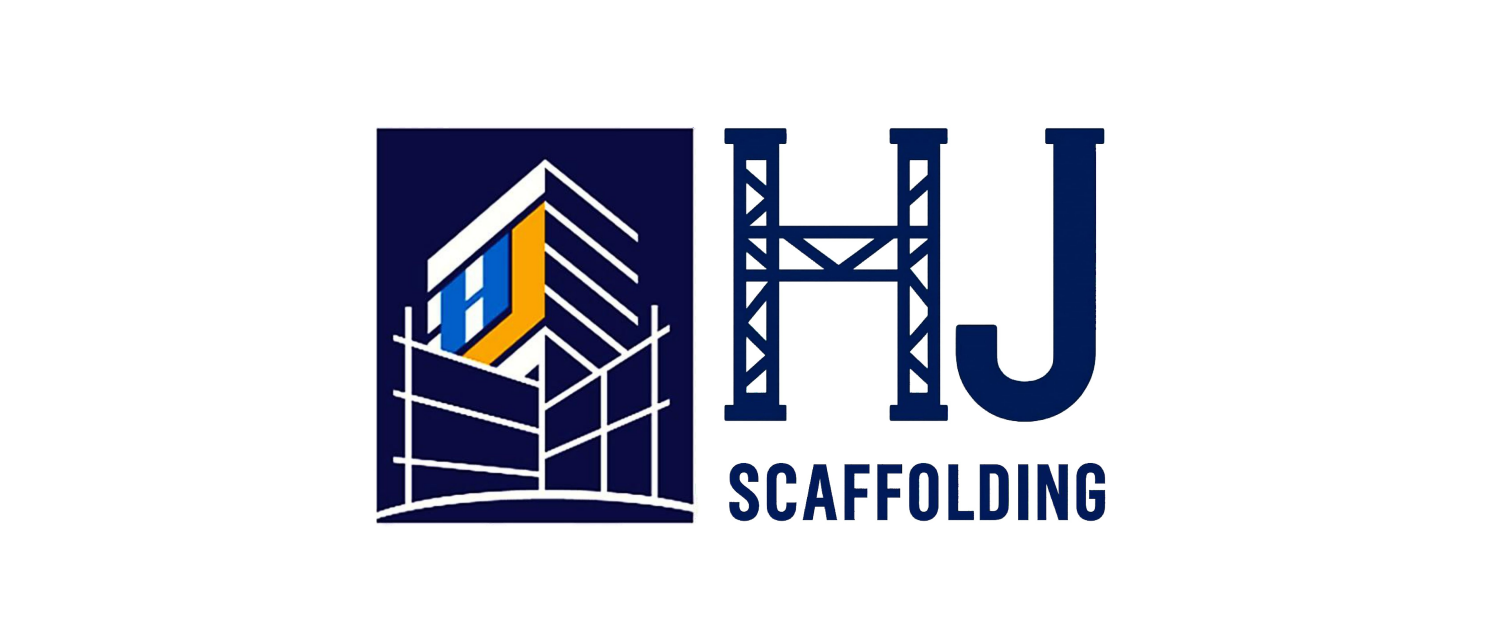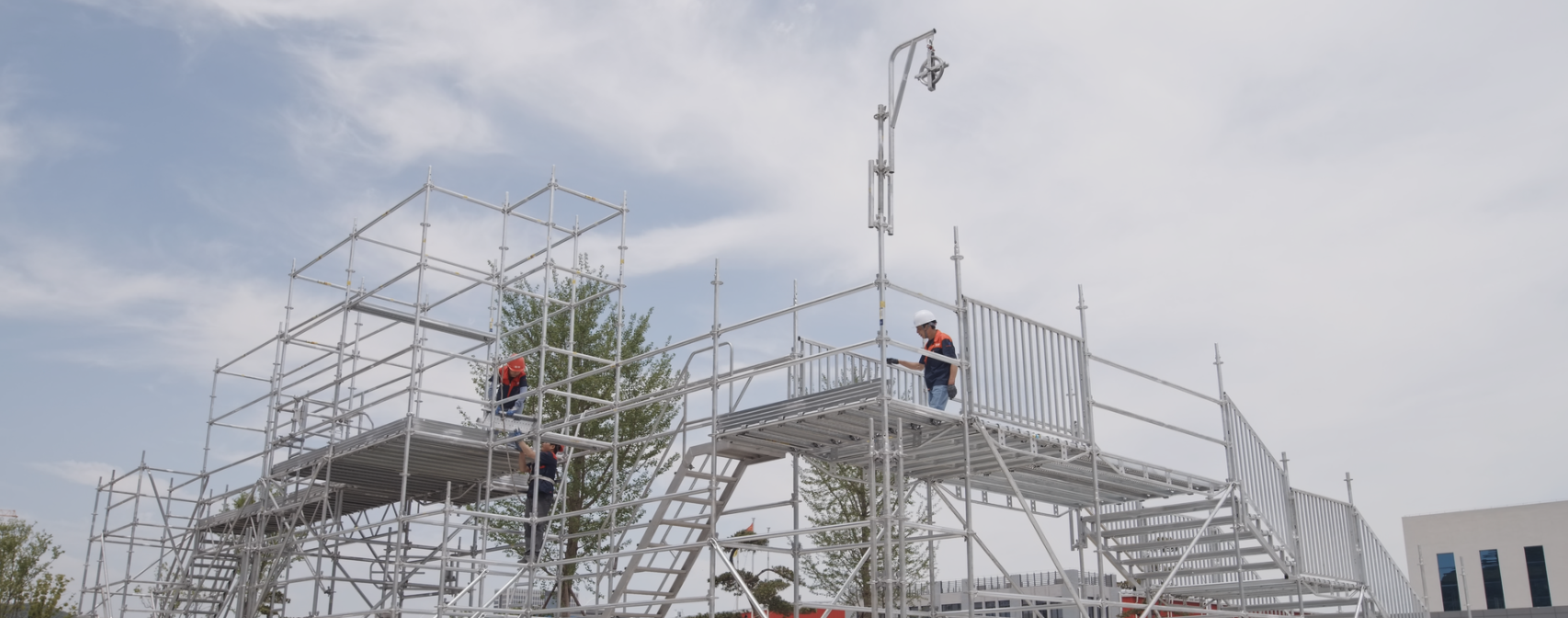
How to Choose Ringlock Scaffolding Planks?
How to Choose Ringlock Scaffolding Planks?
When it comes to scaffolding safety and performance, selecting the right planks is just as important as choosing the right frame. As critical load-bearing components, Ringlock scaffolding planks provide workers with a stable platform and directly affect the safety and efficiency of your job site.
Whether you're managing high-rise construction, industrial maintenance, or infrastructure projects, here's how to choose the right Ringlock planks with confidence.
Understand the Role of Planks in a Ringlock System
In Ringlock scaffolding systems, planks are installed horizontally across ledgers to form the walking surface for workers. These components not only carry the weight of personnel and materials but also connect the framework, increasing the system's overall stability.
That's why material quality, surface treatment, and dimensional accuracy are non-negotiable.
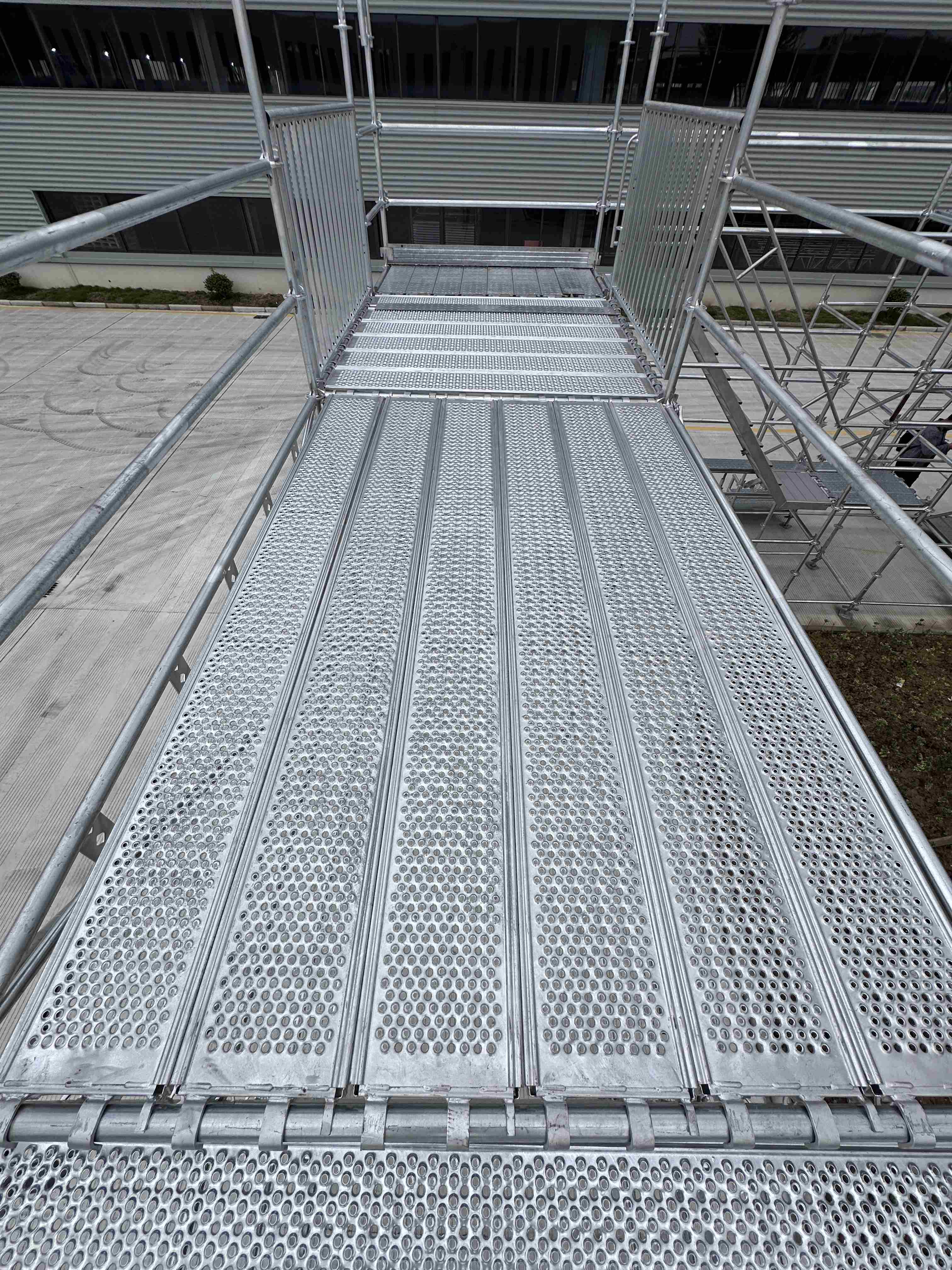
Material Matters: Steel vs. Aluminum
Most industrial and high-load applications rely on steel planks, thanks to their excellent strength, rigidity, and longevity. In comparison:
Steel Planks: Heavy-duty, durable, and cost-effective. Ideal for demanding construction environments.
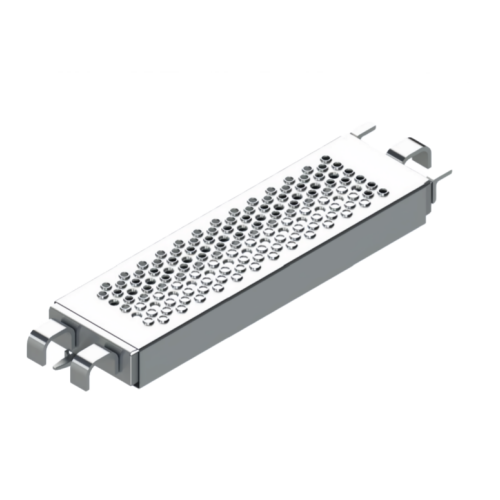
Aluminum Planks: Lightweight and corrosion-resistant, suitable for quick assembly or projects requiring frequent repositioning.
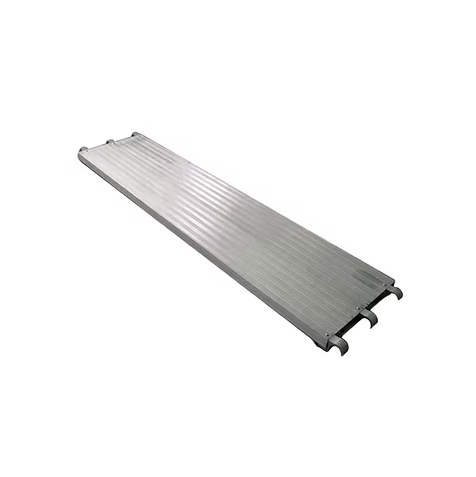
Choose the Right Size and Fit
Ringlock scaffolding planks typically range from 190mm to 320mm wide and 1m to 3m long, depending on project needs. Common specifications include:
190mm width (narrow plank)
240mm / 241mm width (standard plank)
320mm width (wide plank)
Make sure the plank fits securely into the Ringlock ledgers without overhang, and verify that its ends are reinforced with hooks for anti-slip and locking.
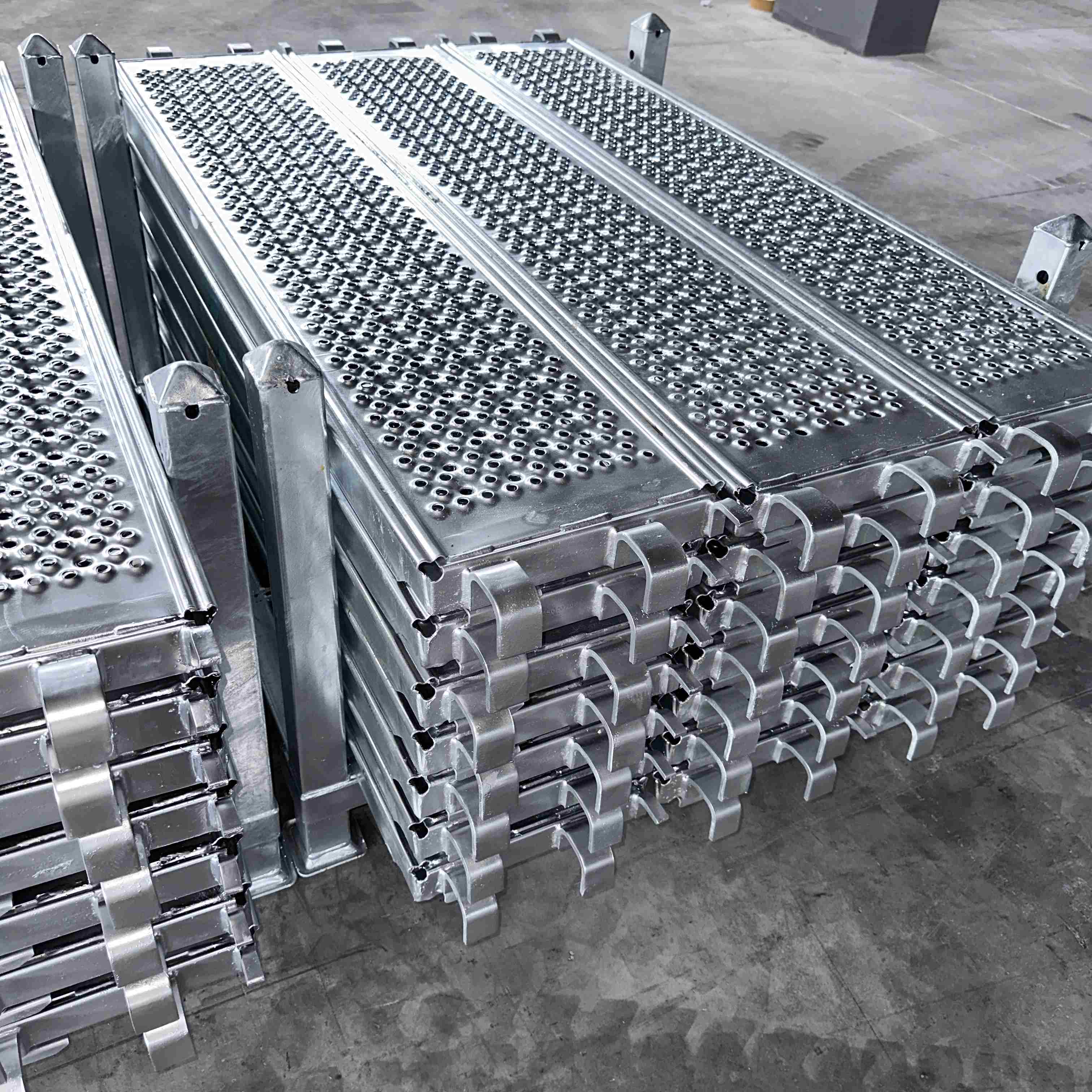
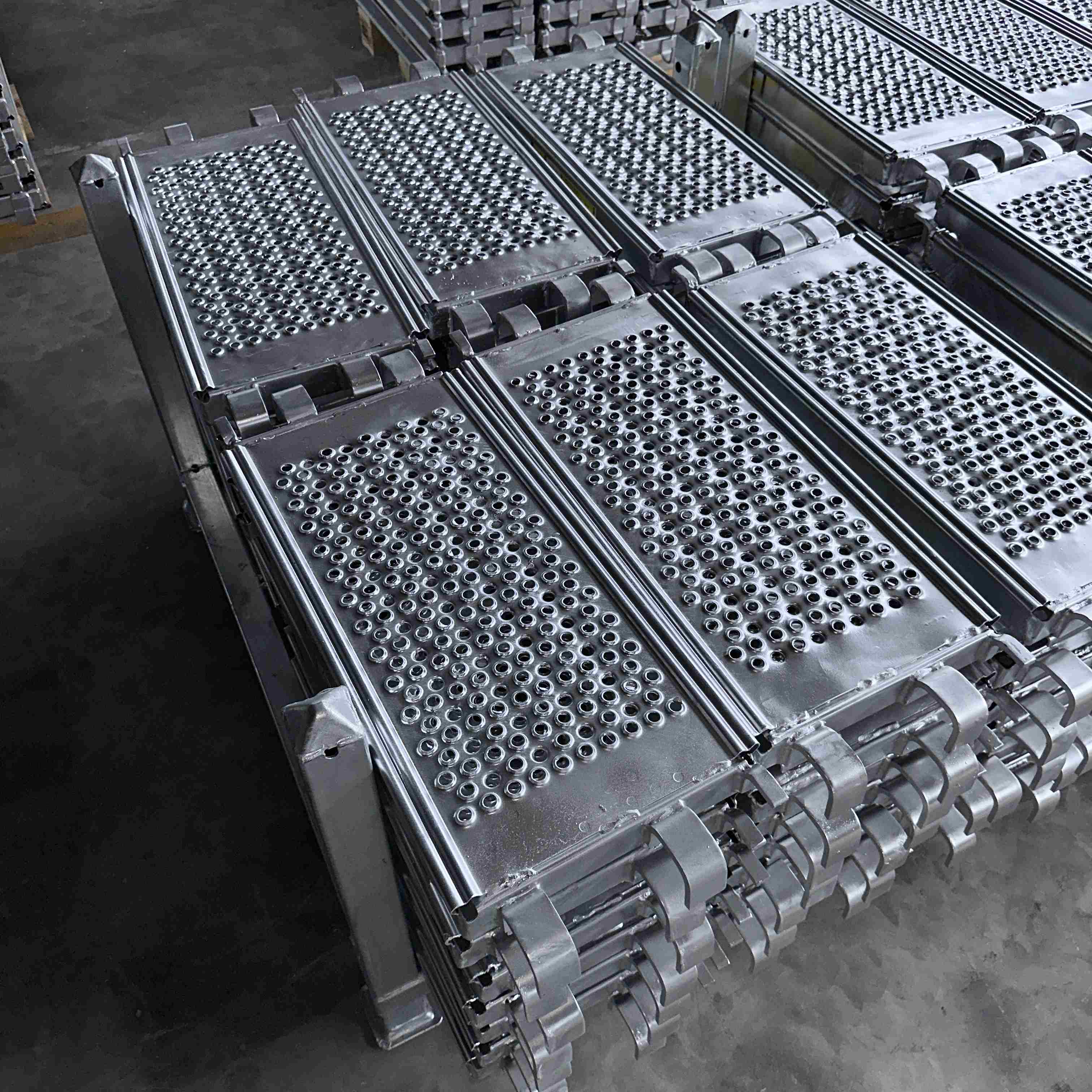
Verify Load Capacity and Certification
Every plank must meet international safety standards such as EN 12811-1, OSHA, or AS/NZS. Check the rated load capacity to ensure it matches your site's live load requirements.
For instance, a plank used in an industrial environment should support not only worker weight but also tools and materials without deformation.
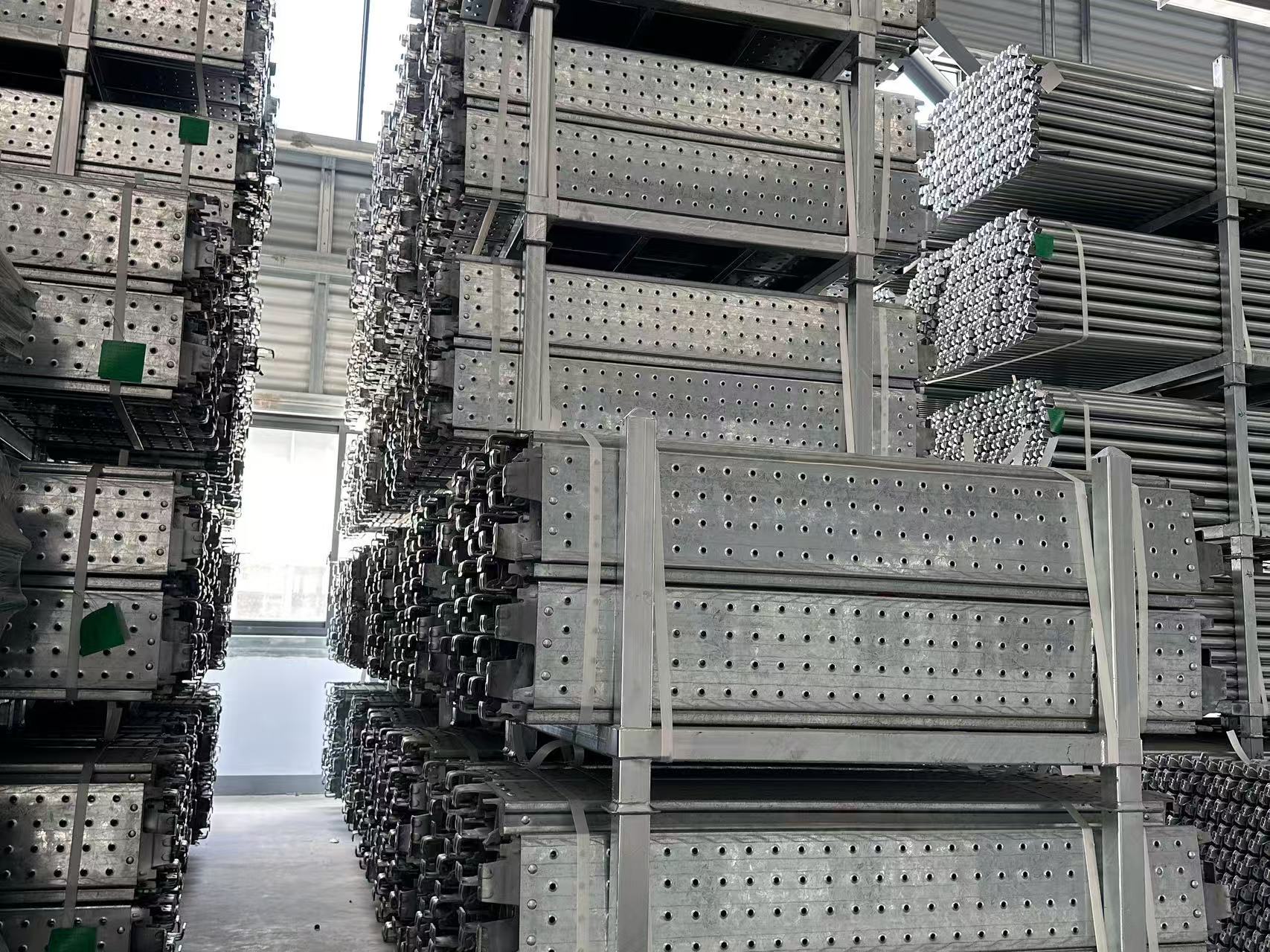
Focus on Anti-Slip and Safety Features
To minimize risk, choose planks with:
Perforated or serrated surfaces for anti-slip protection
Welded underside support beams for enhanced rigidity
End hooks with secure welding to prevent shifting during use
Compatibility with guardrails and toe boards for full safety compliance
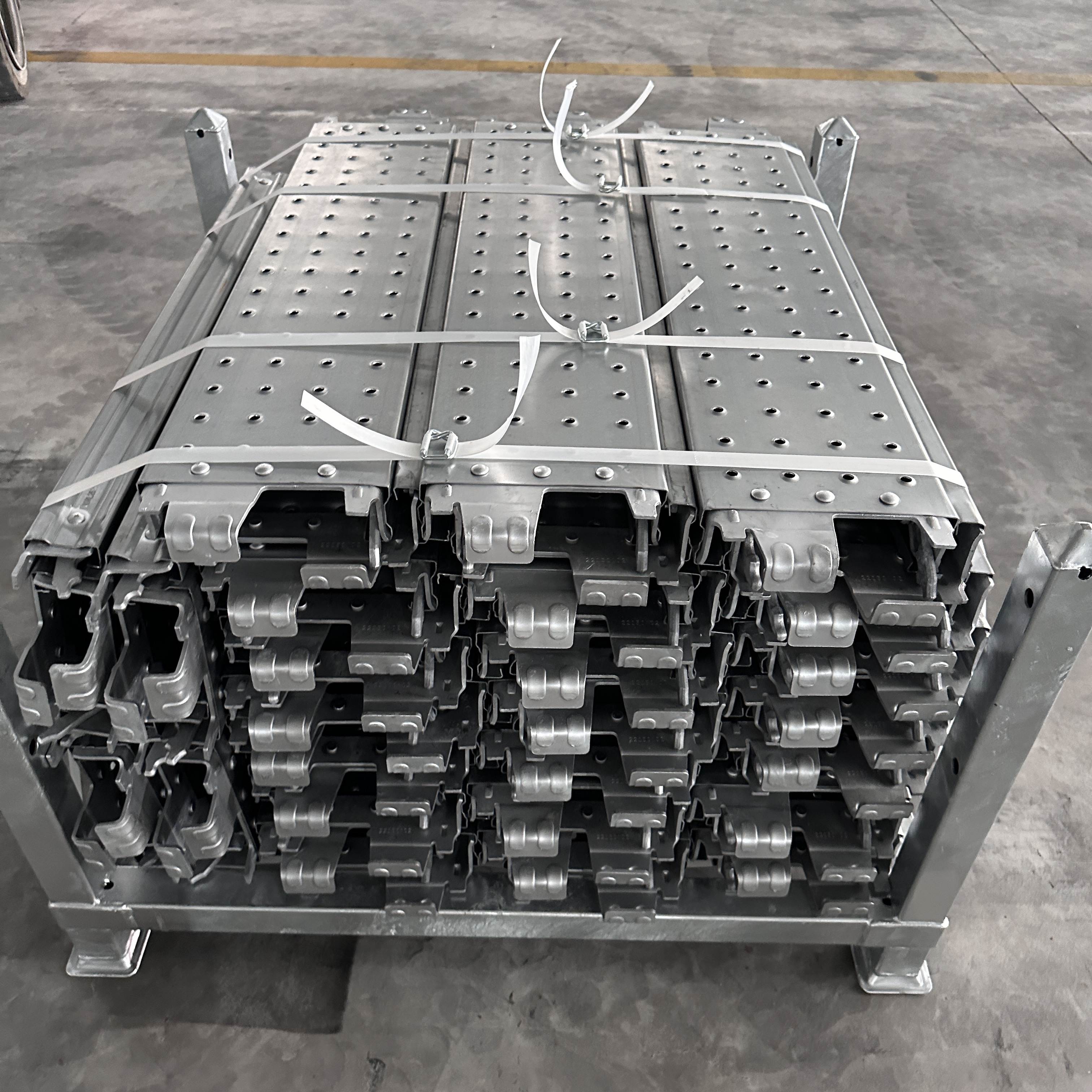
Work with a Professional Manufacturer
Avoid mixing components from different systems or unknown sources. Always source Ringlock scaffolding planks from a specialized manufacturer with proven expertise in modular systems.
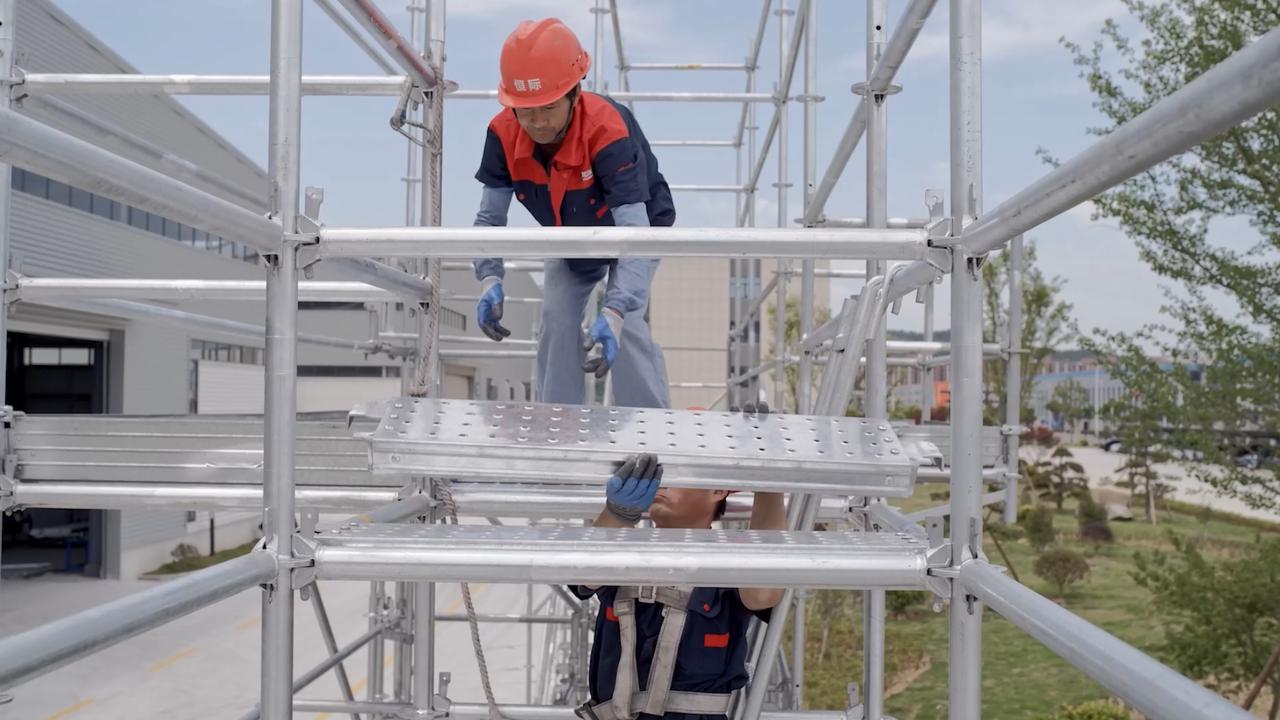
Final Tips Before You Buy
Don't mix scaffolding types — Ringlock systems require compatible planks.
Inspect before use — check for deformation, rust, or cracks.
Get documentation — ask for test reports, certificates, and product drawings.
Train your team — ensure proper plank handling and placement.
Choose Quality. Choose Safety. Choose Confidence.
With over 20 years of export experience, HJ Scaffolding provides a wide range of project-ready Ringlock scaffolding planks with customizable dimensions, anti-slip features, and full compliance with international standards. Trusted by contractors across infrastructure, industrial, and commercial sectors, our factory-backed production ensures consistent quality, reliable certification, and on-time delivery to support your project from planning to completion.
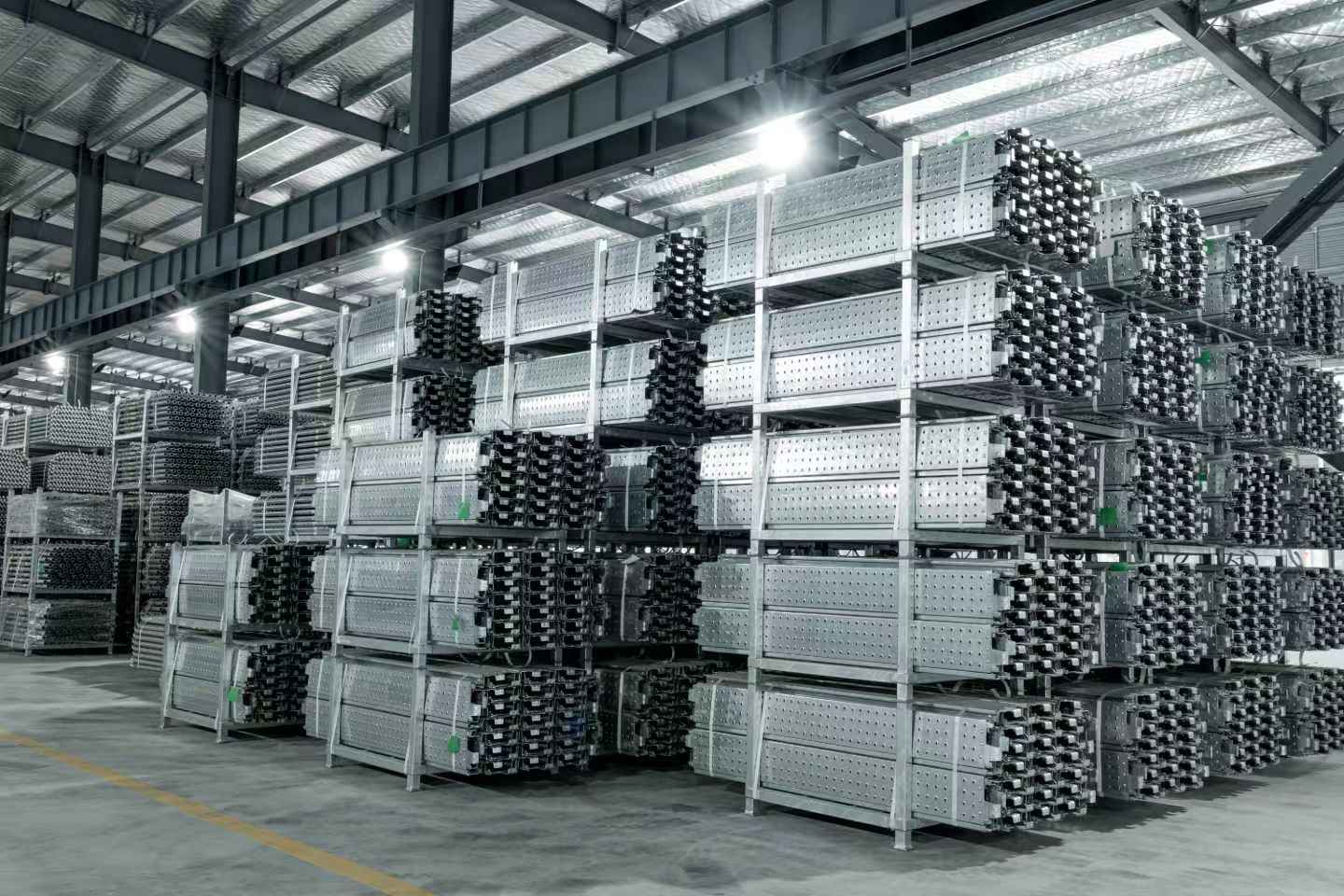
Need help choosing the right scaffolding planks? Contact our team for expert support and detailed specifications.
Web:www.hj-scaffolding.com
E-mail:lynn.li@hj-scaffolding.com
WhatsApp: +86 15058750031
